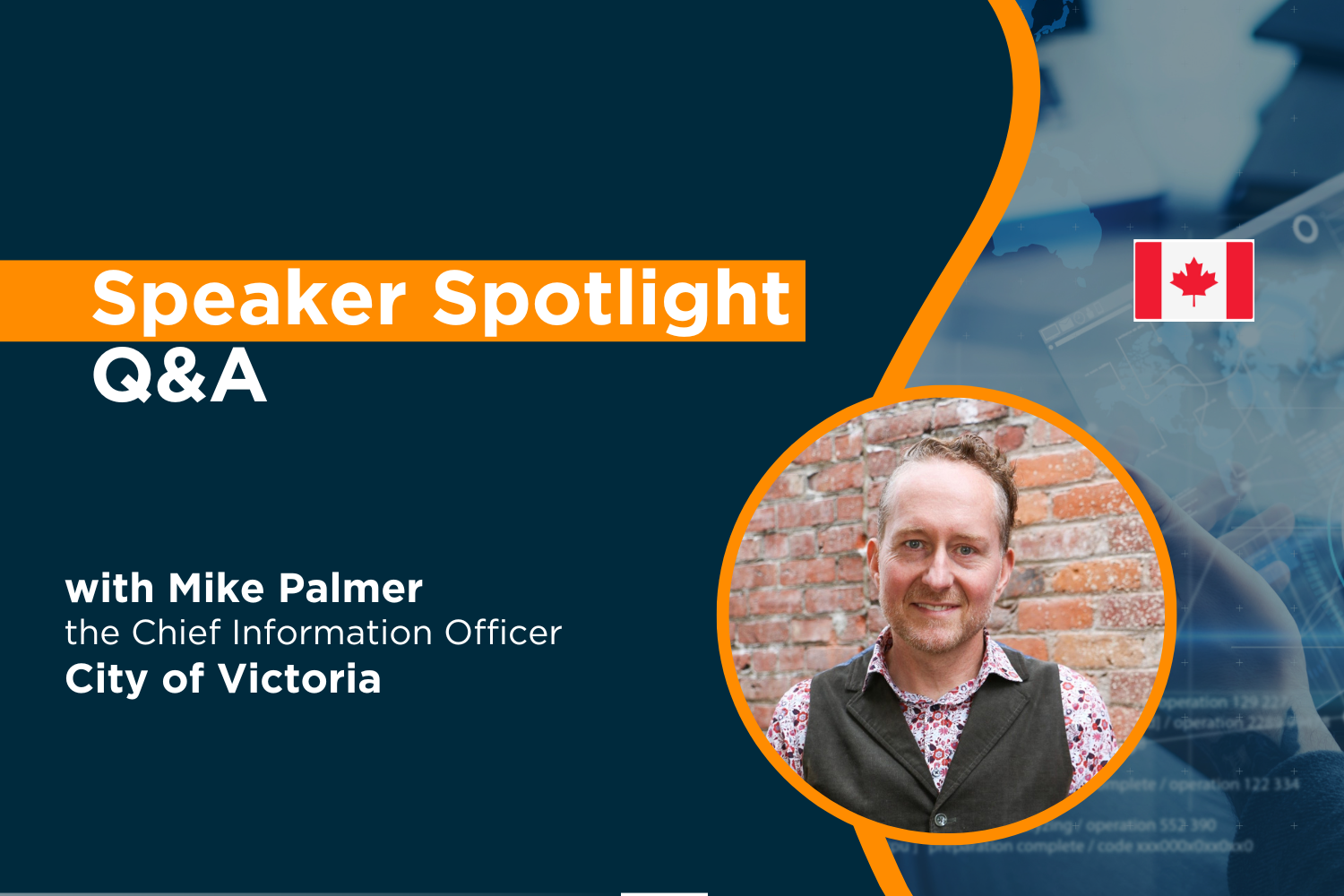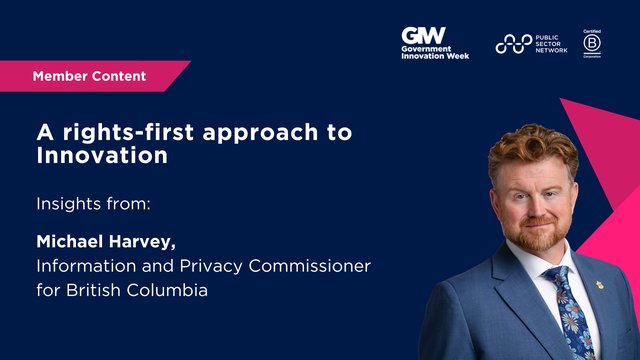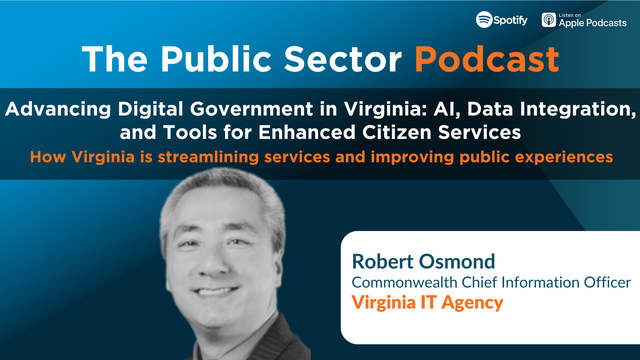

At our recent Digital Government & CX Roadshow 2023, Mike Palmer, the Chief Information Officer from City of Victoria shared his insights on:
Client-Centric Service Delivery: How to invest in an end-to-end digital services model that citizens can access 24 hours a day, 7-days a week
- Assessing gaps in digital service experience and increasing availability and security of end-to-end online services
- Using citizen feedback in designing and continuously improving service delivery
- Identifying the needs of vulnerable populations and providing specific forms of support
We had the privilege to chat with Mike after the event to expand on the agenda and dive deeper into client-centric service delivery.
Q1: How do you plan to ensure the accessibility and usability of these digital services for individuals with varying levels of technological literacy or those with limited access to technology?
To ensure digital services are accessible to individuals with different levels of technological literacy, we implement user-friendly interfaces with clear instructions. Additionally, we offer support channels like helpdesks and online tutorials. For those with limited access to technology, we have partnerships with local libraries and community centers that provide access to digital services.
Q2: Could you elaborate on the methods used to gather citizen feedback and how this feedback is effectively integrated into the continuous improvement of service delivery?
Citizen feedback is gathered through multiple channels, including online surveys, public forums, and direct communication with municipal staff. This feedback is then analyzed and used to identify areas for improvement in service delivery. For example, our website replacement project incorporated public and staff surveys, and analytics to understand user needs.

Q3: What strategies are in place to guarantee the security and privacy of sensitive information when providing these 24/7 digital services?
Security and privacy are paramount in our digital services. We implement 'secure by design' principles in web applications, deploy sophisticated Endpoint Protection Platforms, and maintain a Cyber Security Operation Centre for continuous monitoring. Compliance with privacy legislation and regular security audits are integral to our strategy.
Q4: Could you provide examples of successful implementation or case studies where citizen feedback has directly influenced the enhancement of digital service offerings?
A key example is our website replacement project. Based on public and staff feedback, and website analytics, we redesigned the website to enhance user experience, focusing on ease of performing tasks like paying parking tickets or applying for permits.
Q5: How does the organization ensure that the digital services evolve in parallel with technological advancements and changing user needs over time?
We continuously assess our digital maturity and align our strategies with evolving technology trends. This involves regular stakeholder engagement, technology trend analysis, and updating our digital roadmap to adapt to changing user needs.
Q6: When considering the "end-to-end" service model, what steps are taken to streamline or integrate various service components for a seamless user experience?
To streamline various service components, we focus on integrating systems and processes. This includes developing digital journey maps with customer-facing departments and identifying opportunities to enhance user experience. An example is our electronic permit application process, where we moved from partial to full digital submissions, streamlining the experience for users.
































